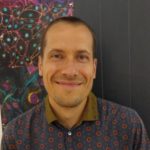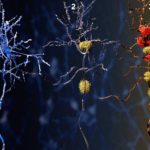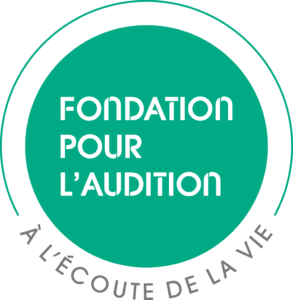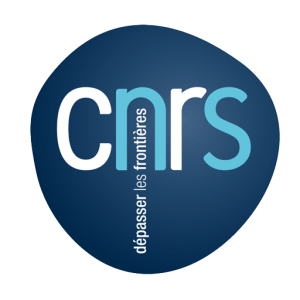The objective of the Neural Coding in the Auditory System team is to understand how the brain perceives and analyzes complex sounds. Sound processing begins in the ear, where the cochlea breaks down complex sounds into their elementary frequencies. How these frequencies are represented in the brain is a key question in the field of hearing, and in neurosciences in general. We control the signal sent to the brain by the cochlea, by stimulating the sensory cells with light. This extremely precise control of the signal enables us to perform systematic studies to identify the information necessary and sufficient for sound identification.
Projects
Holographic stimulation of the cochlea
The team finely controls the optogenetic stimulation, by using holography methods coupled with two-photon stimulation to generate extremely precise complex patterns that are projected onto the hair cells of the cochlea. Neural activity is recorded with microelectrode arrays inserted into different brain structures, to shed light on both the information propagated and the way in which it is conveyed within the auditory circuit.
Optical cochlear implants
Light stimulation can be much more precise than electrical stimulation. This approach, through its more faithful reproduction of sound, therefore constitutes a promising alternative to electrical cochlear implants. For this project, the researchers of the team are developing a new type of cochlear implant based on a grid of light sources inserted into the cochlea. This approach involves two main challenges: the light sources must microscopic in size, and they must be deposited on a flexible, biocompatible substrate.







